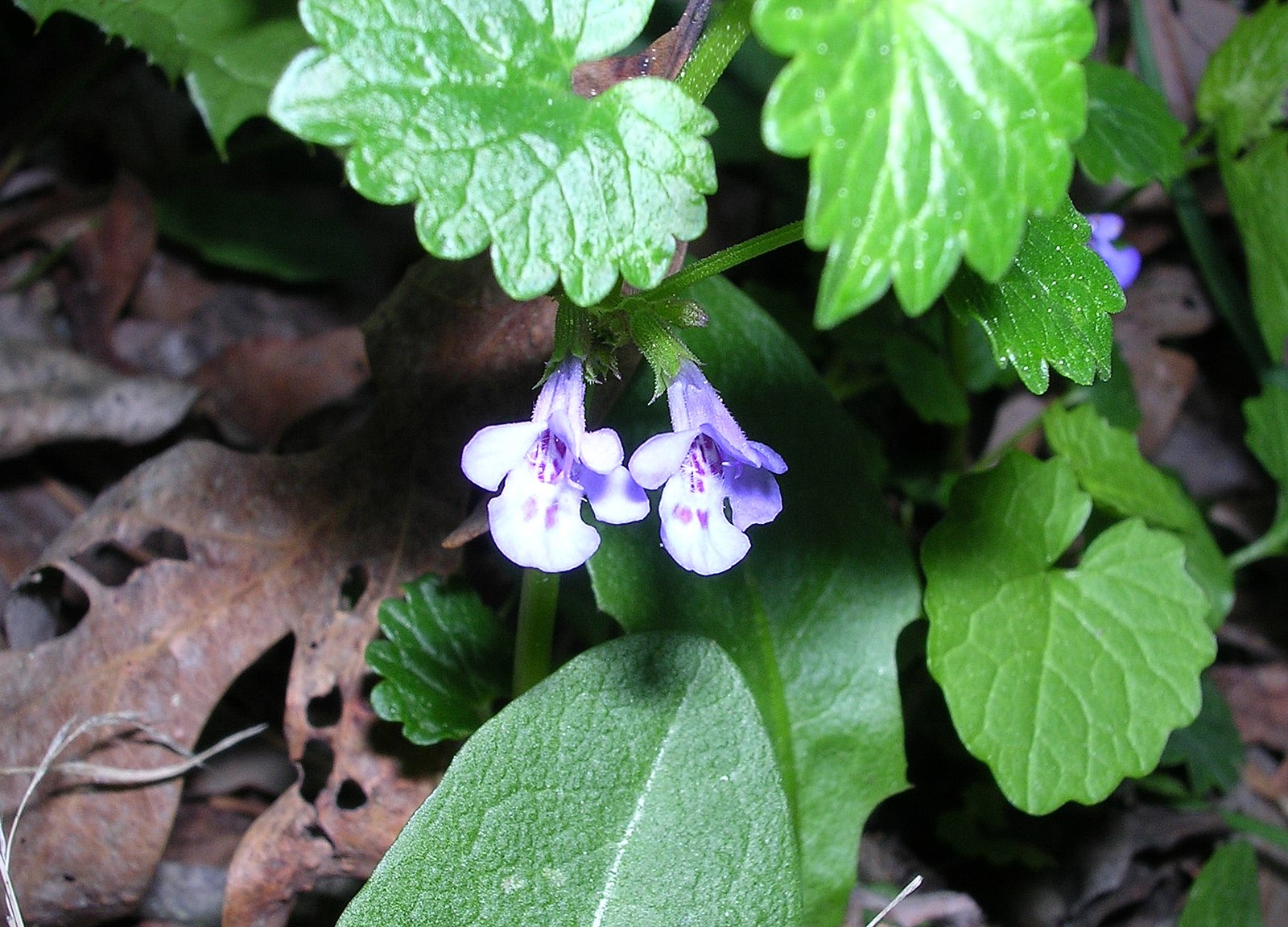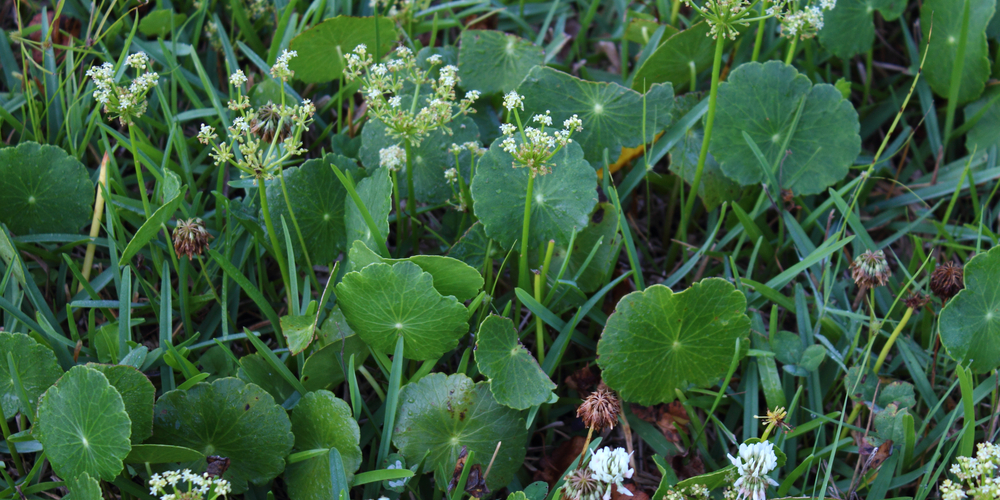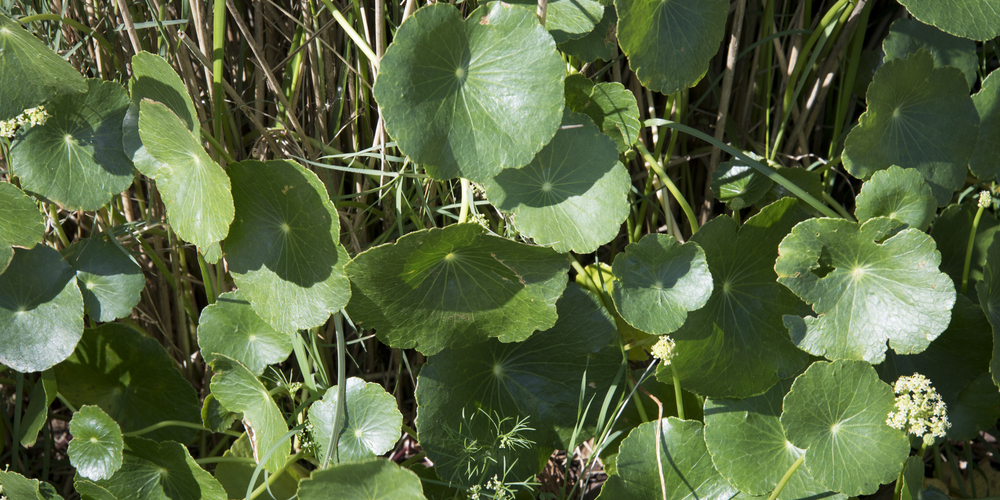Creeping Charlie is a weed known by the scientific name Glechoma hederacea. The dollar weed, also known as Hydrocotyle by its scientific name, can be confusing to the eye as they have some visual similarities. There’s a lot of confusion among gardeners about how to distinguish between Dollar Weed vs Creeping Charlie and where to plant each of them, and when not to plant them at all.
Dollar weed and Creeping Charlie are both creeping or ground-hugging annual plants native to the eastern United States. Both of them are similar in appearance and growing habits. They grow just about everywhere in the same habitat. They often grow along roadsides, in pastures, and on vacant lots.
Let’s take a look at these two common creepers so you can avoid them from your yard this season.
What is the Creeping Charlie?
The creeping Charlie is classified as a herbaceous perennial weed that spreads through germinating seeds as well as creeping stems growing along the ground, which is where it derives the name.
The weed was introduced in North America by British inhabitants who saw it as a good ground cover.
The plant’s leaves are bright green with scalloped edges. The leaves are also produced in a square-shaped four-sided configuration opposite each other. The plant produces small funnel-shaped flowers, bluish-purple in color, during the spring season.
The plant also has a signature mint odor that it gives off when crushed. Creeping Charlie is identifiable by its ragged edges, while the dollar weed leaves are distinctive in that they connect to the stem in the middle and under the leaf. The creeping Charlie leaves are kidney-shaped with scalloped edges on creeping stems.
How to Control the Creeping Charlie
The plant thrives in shady, moist places such as under shrubs or trees. The moisture requirement for the weed’s germination makes its control a viable method for discouraging its growth and spreading. In case of a need to control the weed, pruning of trees to open the canopies as well as controlling the moisture levels in the soil has been recommended.
The improvement of turf health in thin lawns that have been invaded by the weed and the growing of turfgrass in the locations where it grows can help control the plants’ growth. This can also be done by growing other shade-loving plants like the English Ivy, as the resulting competition can assist in its control.
Removing the weed by hand is also considerable but may not be a viable option for heavily infested areas; the extensive stems characteristic of the plant can be difficult to remove completely. In this case, a chemical option should be considered.
One of the best choices for homeowners is a herbicide containing triclopyr, which is commercially available in most lawn care products. This can be used in combination with other herbicides like dicamba or mecoprop.
What is the Dollar Weed?
Dollar weed, which is also known as pennywort, is also a perennial weed that grows during the warm season. The name comes from its leaves which are seemingly silver-dollar shaped.
The plant’s leaves measure 1-2 inches in diameter, bright green and fleshy looking. The dollar weed’s stem is located in the center of the leaf.
The plant is characteristically low-growing and spreads by seeds, tubers, and rhizomes. The plant’s presence indicates excessive moisture in the air as it is a water-loving plant that can also float. This makes the control of irrigation frequency a viable means of controlling the weed’s spread.
How to control the Dollar Weed
When it comes to controlling, homeowners need to know that the complete eradication of the plant may be impractical and thus should consider its control instead.
As much as the means for controlling the weed are similar to those of the creeping Charlie, a properly maintained landscape, free of parasites, drought, and a nutrient imbalance is considered the best solution for dealing with an infestation.
However, chemical control can also be applied. Since the weed thrives in thin turfs with excessive moisture, controlling the conditions through cultural methods is the best option for homeowners.
This involves lawn care techniques, including; ensuring proper mowing height as well as irrigation. The herbicides should be applied in late spring when the weeds are small and should be chosen in consideration of the species of plants in the turf.
Applying herbicides in newly seeded lawns has a detrimental effect on the germination of seeds.
Dollar weed vs creeping charlie: Conclusion
Both of these weeds have similar characteristics in that they thrive in moisture-rich environments and are also spread by seeds.
However, they have differences in terms of the seasons they are associated with. The dollar weed thrives in spring, while the creeping Charlie thrives in warm environments. Though they may seem similar, the plants are very different.
Related Article: Creeping Charlie Look Alikes


